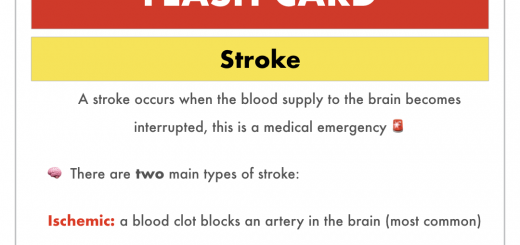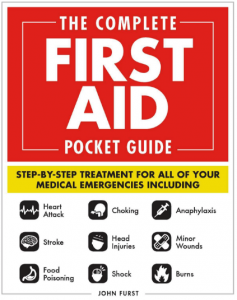A guide to Cardiovascular Disease (CVD)
Cardiovascular disease (CVD) is the general name for a number of more specific diseases such as:
CVD is a major cause of death in developed countries mainly due to Sudden Cardiac Arrest (SCA).
Causes of CVD
A major cause of CVD involves fatty deposits (plaque) accumulating inside the walls of the blood vessels. As these deposits increase, the inside of the blood vessels narrow so the blood flow is reduced.
There are a number of causes or risk factors that increase the likelihood of a person developing CVD. These can be divided into two distinct groupings:
- non-preventable or non-modifiable factors – those over which we have no control
- preventable or modifiable – those which can be affected by changes in lifestyle and/or through medication
Family history is a factor over which we have no control. A person’s risk is increased if a parent has died from CVD before the age of 60. Gender and age are again factors which we cannot alter. As we age, our chances of developing CVD increase. Up to 70 years of age (approximately), males have a greater chance of developing CVD than females.
However, there are a number of risk factors that can be directly influenced. These include:
- smoking
- high cholesterol levels
- high blood pressure
- physical inactivity, and
- being overweight
These factors hasten the development of CVD (and other medical conditions such as diabetes and emphysema). By not smoking, and through regular exercise and a healthy diet, the risk of developing CVD can be reduced.
Sometimes medications may be required to help control blood pressure and cholesterol levels. Medical advice should be sought to assess an individual’s CVD risk level and what steps, if any, need to be taken to lower that risk.






